Your plants show several symptoms which may be coming from more than one source. The yellowing on some of the leaves might be from the early stages of a fungal infection (more about that below) or it could be insect or mite damage. Look under these leaves to see if the underside looks dirty, a sign that a sucking insect such as aphids, white fly or mites have been at work. If you see this, or the presence of insects, spray with insecticidal soap on the underside of the leaves.
Blackened leaves: There are several leaf diseases that tomatoes are prone to and without culturing in a lab it’s hard to say which one is affecting your plants. This could be bacterial leaf spot, early blight, late blight or another fungal leaf disease.
That said, the treatment for the home gardener is the same:
1. Pull off the leaves that are spotted and/or yellow so the plant can be better monitored and some of the spores are removed.
2. Never get the foliage wet when watering. It’s amazing how many people routinely spray the leaves of plants every evening because they think that they are somehow “refreshing” the plant. This is a prescription for every leaf disease in the book. Instead, water deeply less often, trying to do so in the morning so that the foliage has plenty of time to dry.
3. Start spraying immediately with a copper fungicide – this is an organic treatment that is a bit stronger than other organic fungicides. If the garden is right next to a pond, lake or stream, however, do not use copper as it is toxic to aquatic life. (In such cases I would use Actinovate, a natural bacteria.) Spray under the leaves and the stems too. Although the fungicide won’t “cure” the problem it can protect the newer growth long enough so that tomatoes can be harvested. Next season start spraying early first using something like Actinovate or Seranade, and switching to the copper once the plant has a problem. (Do not alternate these – the copper will kill the bacteria in the other two products.) Always start with the mildest of treatments for plants.
4. Next season mulch your plants as soon as you plant them so that no fungal spores will splash up on the foliage when it rains.
5. Many people ask if they can “treat the soil” to get rid of such diseases, but most are not only soil-borne but also wind-borne so usually it’s not helpful to apply a fungicide to the ground. Additionally, a fungicide applied to the ground would kill of the “good guys” as well as anything harmful, ultimately making conditions worse since nature’s balance would be upset.
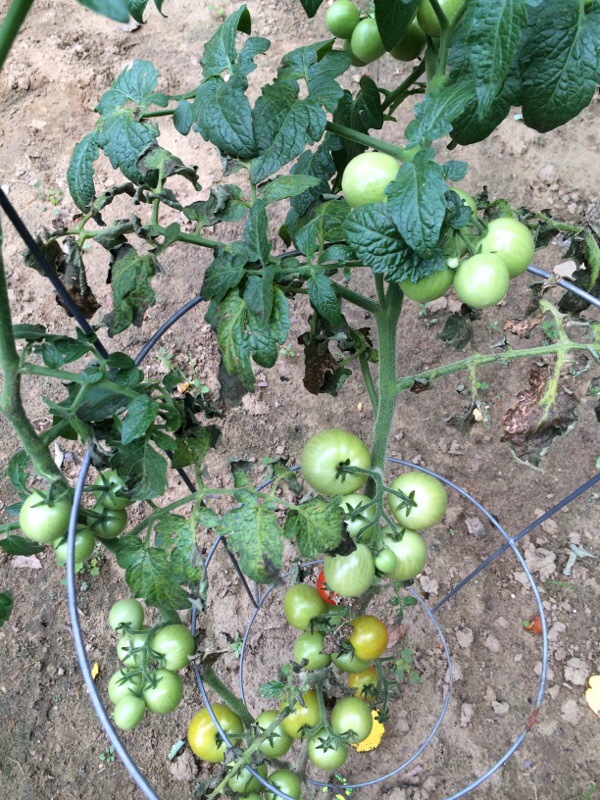
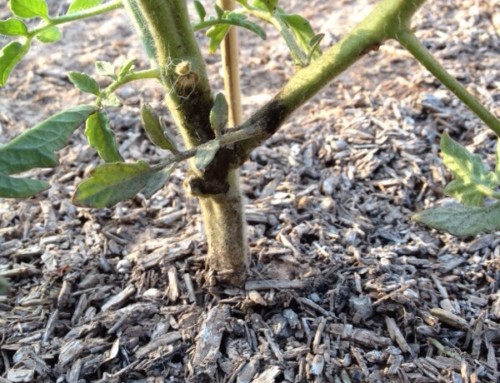
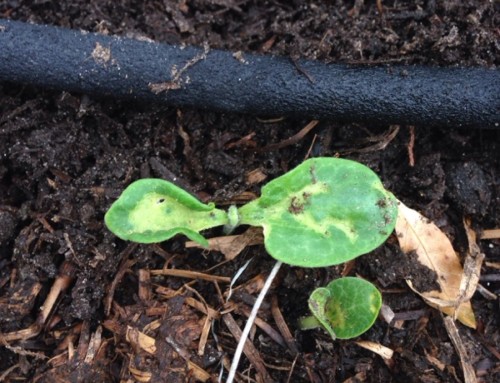
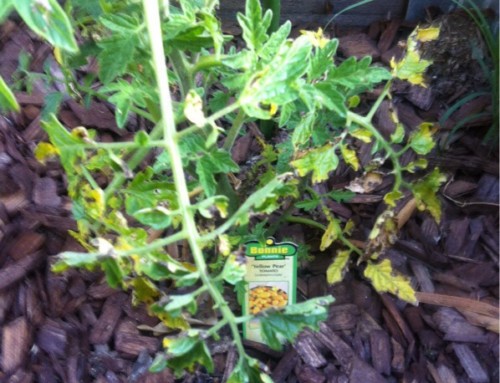
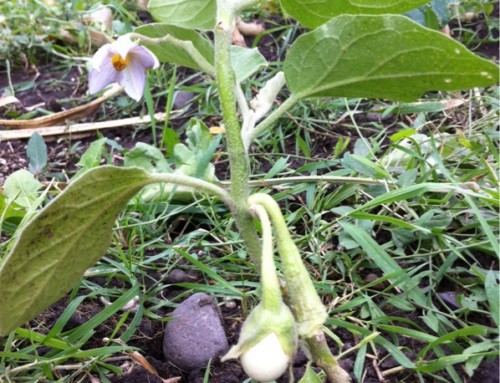
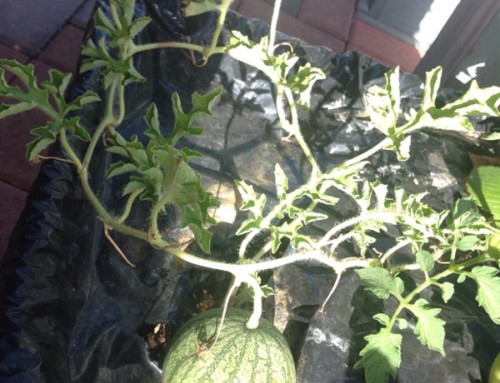
Leave A Comment